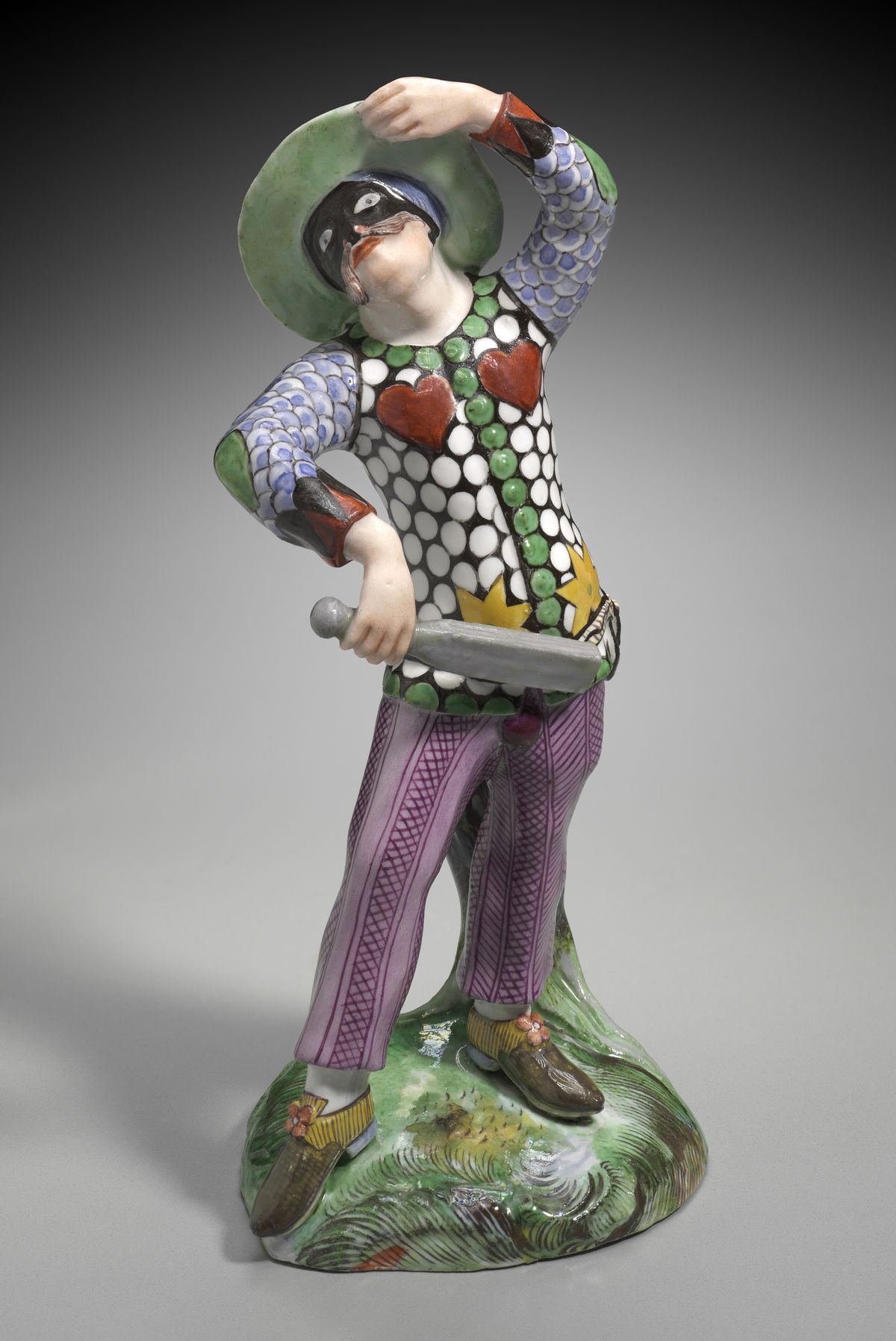Works of art have stories that begin when the artist’s work ends

When a painting sparks your interest during a museum visit and you’re reading the label about the artist, are you thinking about each person who owned the work before it ended up there? There are people whose job is thinking about this question.
This work is known as provenance. Provenance is the history of ownership for a work of art. This might sound like a simple task, but finding out all the previous owners of a piece of art is complicated.
Margaret Doyle, head of the curatorial files and records department at the National Gallery of Art in Washington, D.C., says provenance is slow, detail-oriented work that can’t be done alone. “It’s teamwork. It’s a lot of people providing their expertise to really help you understand what is the history of this journey.”
Records aren’t always updated or kept at all. Receipts are sometimes missing. Family stories about art purchases are lost to time. Yet, Doyle says, the work is worthwhile because knowing what art was bought when and by whom educates you about the time those purchases were made. “It tells you a lot about history, society and economic history.”
Sometimes, provenance work can reveal a dark past. The Museum of Fine Arts in Boston bought an embroidered panel depicting the entombment of Saint Vigilius from Italy in 1946. Very little was known then about the panel’s history, says Victoria Reed, the MFA’s curator of provenance.
It was at the museum for more than 60 years before a key part of its provenance was uncovered: It had been stolen from an Italian museum during World War II. In 2008, a museum professional from Switzerland discovered that connection and contacted the MFA. By the fall of 2010, the panel was returned to the Tridentine Diocesan Museum in Trento, Italy.
“It was part of a series. … Just as a basic ethical matter, it belonged with the rest of the embroideries,” Reed says.
The MFA is also home to Emma Budge’s collection of porcelain figures. Budge was a Jewish German who died in 1937. Her collection was sold, but her heirs had to flee persecution by the Nazis and were cut off from access to the money from the sale. In this case, the MFA came up with a financial agreement with Budge’s estate in 2017 to keep the figures on display in the museum. When people visit now and see those figures, they know more about their history.
“We have labels that accompany works of art that have been looted. … We also have more general labels up through the galleries, like how did these objects end up here?” Reed says, regarding how the MFA incorporates provenance information into visitors’ experience.
The next time you see an interesting piece of art at a museum, read the label to see if it includes the work’s history. If not, try a bit of detective work. You may find out more about where it’s been and how it ended up in front of you.